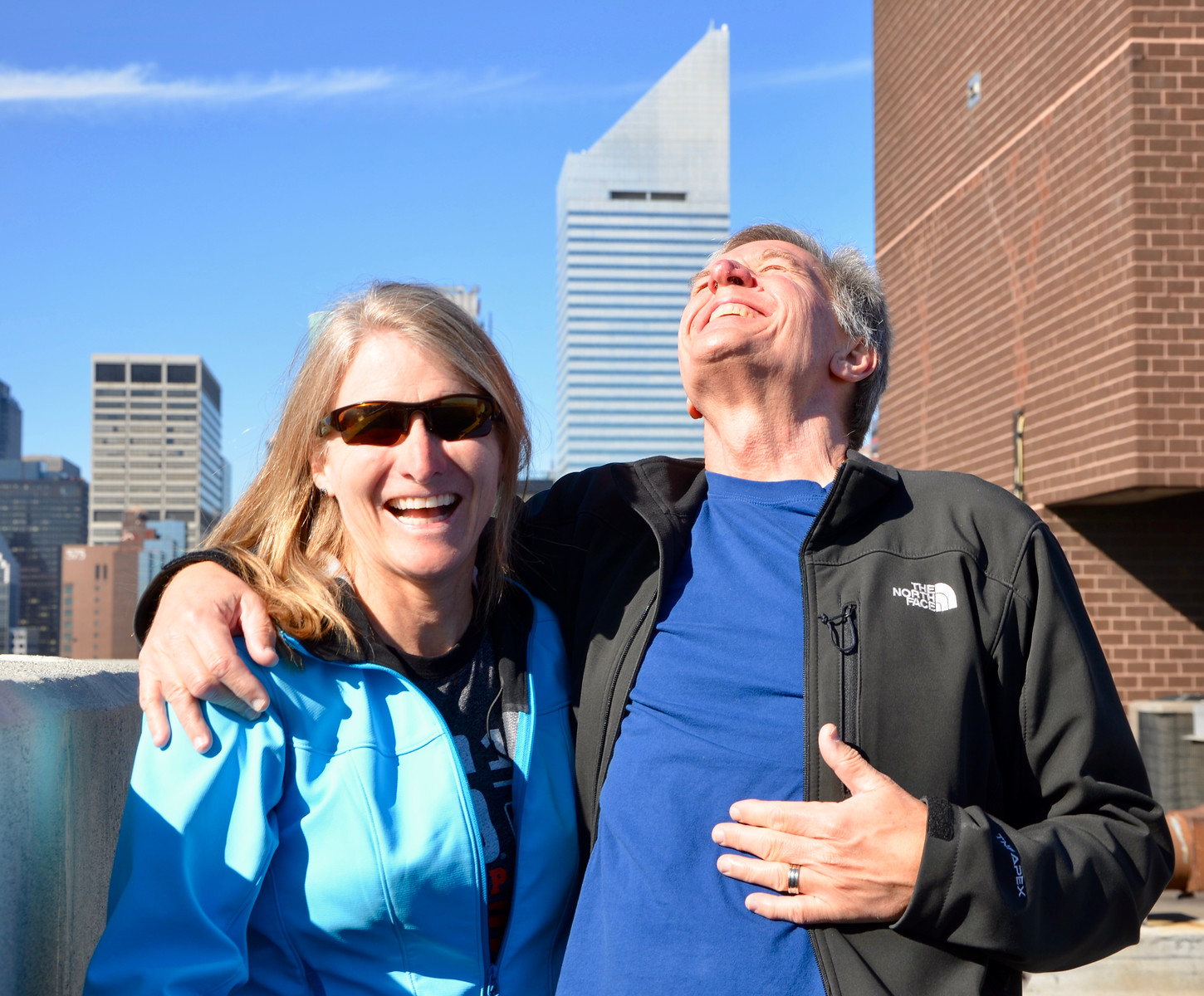Sometimes the best travel experiences aren’t on an itinerary. If you’re lucky, you end up somewhere completely unexpected, immersed in a world that you never knew existed and which makes you feel slightly out of place. All you really need is an open mind, a bit of wanderlust, and occasionally being in the right place at the right time. A few years ago it’s how we found ourselves in Chicago’s Hyde Park neighborhood (South Side) one Sunday morning, surrounded by Black people, the men in fine suits and the women in colorful dresses and stylish hats, streaming into the Calypso Cafe and probably wondering what two casually dressed lily white people were doing in their after-church gathering place. We will never forget that kaleidoscope of colors and the sounds of a joyful community.
In Patagonia, it’s how we found ourselves in the middle of an outdoor arena on a cold, windy summer night in a remote part of Chile, standing with the locals to cheer on teams of dancers in traditional garb and watch gauchos prance around on horseback. This, it turns out, was the first night of Fiesta a la Chilena, a three-day outdoor festival with music, dancing, and horsemanship, hosted by Villa Cerro Castillo, a very small frontier town (and our home for the night) at the entrance to Torres del Paine National Park.
When Bev and I learned that the festival was just a short walk from our hotel, we tossed back our dinner, threw on every layer of clothing we had, and went exploring. Approaching the arena, which looked more like a Little League field with some covered seating, all of our senses were heightened as we tried to make sense of what we were hearing, smelling, and seeing. Pickup trucks streamed haphazardly onto a grass “parking lot”, some of them jockeying for prime spots perched on a berm overlooking the arena. A band played and an exuberant emcee was speaking in rapid-fire Spanish. Vendors cooked local cuisine, the aroma drifting afar. Dancers prepared to compete while gauchos intensely engaged in conversation. This was a communal gathering with people coming from many miles away.
I’d always thought of gauchos as South American cowboys who were just better dressed than the American West version. My only other reference was the 1980 Steely Dan album titled “Gaucho”, whose title song makes no sense whatsoever and as far as I could tell has nothing to do with cowboys. None of that reconciled with the men standing among us. These were noble horsemen in traditional attire that can include a loincloth girding the waist, a woolen poncho, long, accordion-pleated trousers, high leather boots, a large knife (known as a facón and tucked into the rear of the gaucho sash), and for some, a leather whip. They would never be confused with a North American cowboy.
In fact, gauchos are superbly skilled horsemen generally reputed to be strong, honest, silent types, but proud and unruly, capable of violence when provoked. The word gaucho is often applied metaphorically to mean “noble, brave, and generous”. In their heyday of the 18th and 19th centuries, they were migratory horsemen, adept in cattle work. Today, they remain proud horse-riders and a symbol of national identity in Argentina, Chile, Brazil, and Uruguay. At the Fiesta de Chileno, they were the main attraction.
As the dance competition wound down, gauchos mounted their horses, nonchalantly prancing and sprinting around, showing off for all of us still standing on the field. One of them rode right up to us, the horse’s eyes wide as he came to a halt just a few feet away. Another trotted up to us and, with just a nod, assented to Bev taking his photograph. Others stood in a semi-circle, waiting for the horsemanship competition to begin. With all of this happening around us, it was easy to feel a bit out of place. Unable to understand the language (our high school Spanish classes didn’t prepare us for this) and unsure of the proper way to act around dozens of gauchos on horseback, we stood nearly frozen in place until our friends Deb and Julie suddenly appeared and people slowly began leaving the field.
Because we weren’t dressed for the bitter cold after sunset, we left before the festivities hit their stride. Apparently it’s not unusual for things to go well past midnight into the wee hours of the morning. In doing some research for this post, I stumbled across this short (less than three minutes) Facebook video report on the festival’s first night. We may be among the people seen standing on the field early in the evening but we definitely were NOT in the masses dancing and drinking well after dark, which doesn’t come until nearly 11pm during summer months in the Southern Hemisphere.
During trips like this I jot down some notes in my travel journal just before going to sleep. This day had begun with us holding a sheep and ended with us standing among gauchos. My journal simply read “what a day”.









Thank you. I enjoy reading your posts. You have a gift.
I still regret not joining you on this evening 🙁 Love the pictures though!!
Greg and Bev,
Thank you for bringing smiles to our faces. Great shots.
Bob and Laura
Wow! That’s about all I need to say. 🙂